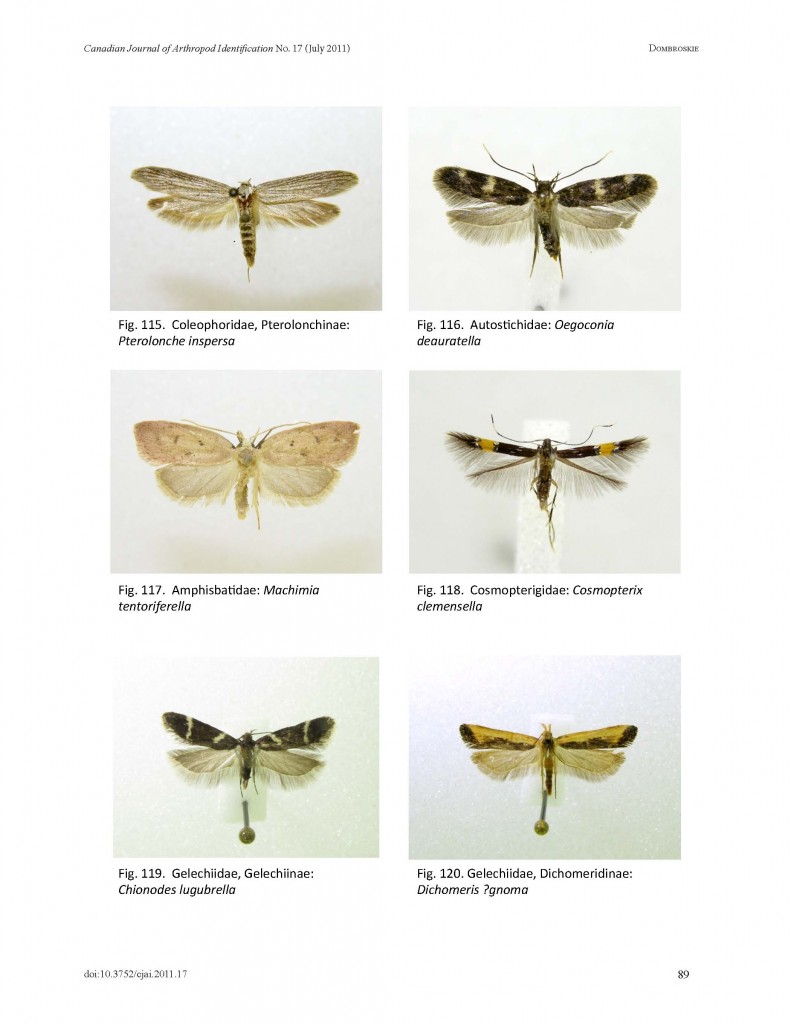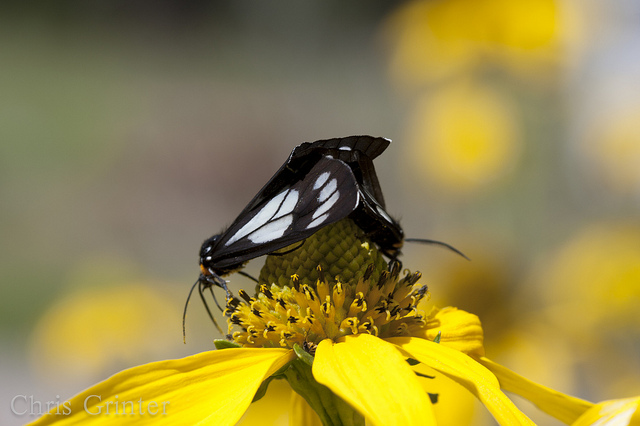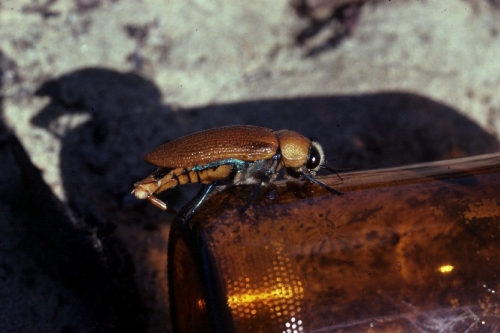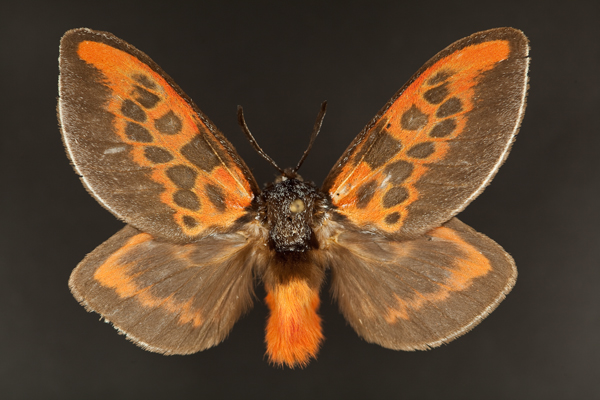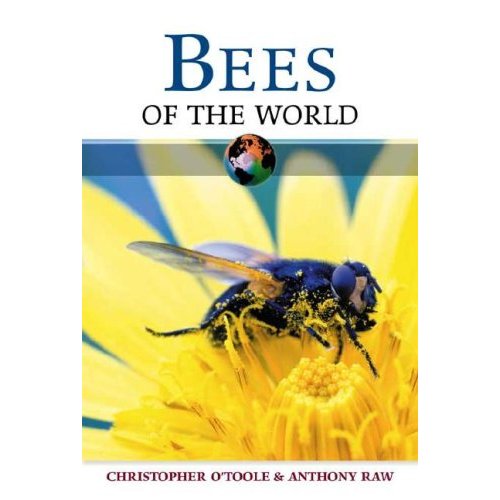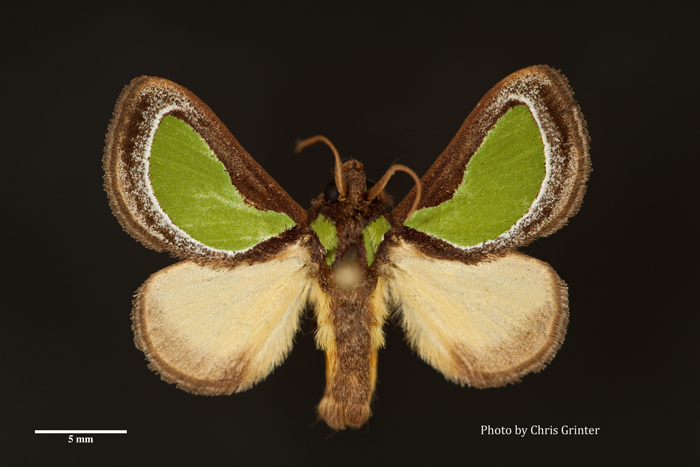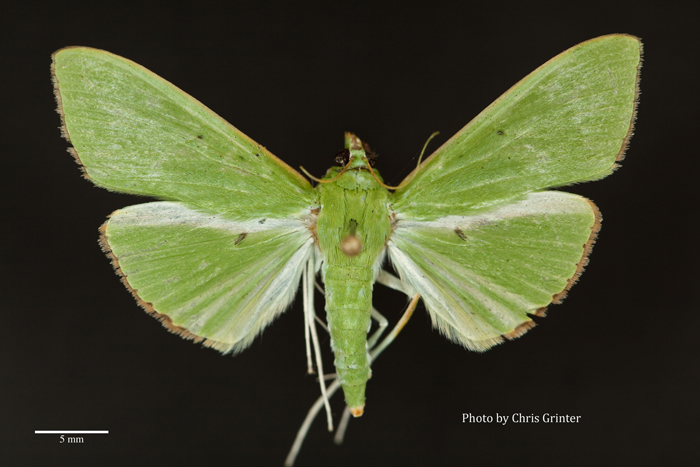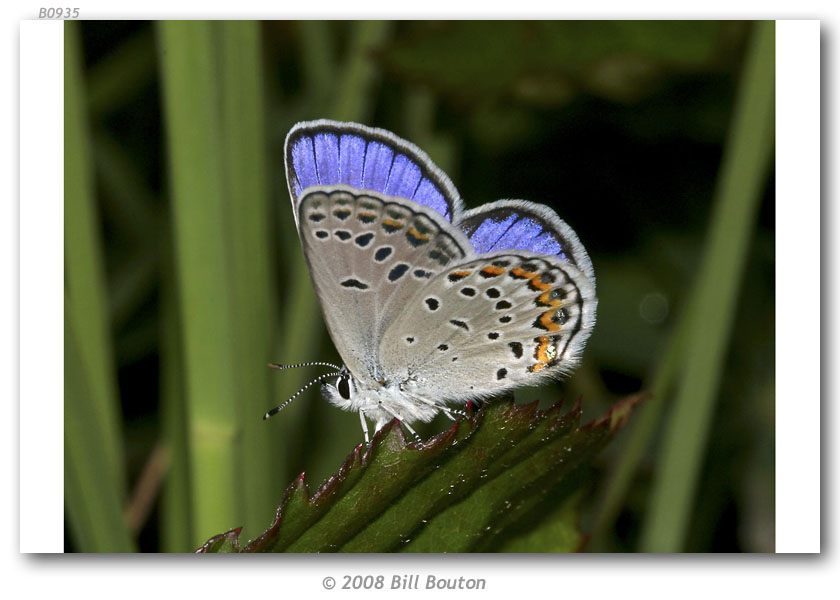Cúpla mí ó shin iontach eochair do Lepidoptera Cheanada (iad go léir) d'fhoilsigh Jason Dombroskie – mac léinn PhD ón U.. de Alberta. Tá an clár ar fáil d’úsáideoirí fuinneoga amháin agus mar sin ní raibh deis mhaith agam é a iniúchadh fós – ach tá an PDF ar fáil ar líne agus clúdaíonn sé an t-ábhar céanna. Áirítear gach Lepidoptera Cheanada ar eolas san eochair seo agus is fotheaghlach nó fiú treibh an chuid is mó díobh! Tá 222 tacsa, 73 carachtair agus 266 stáit carachtar a chabhraíonn rudaí caol síos. Seo an chéad tagairt dá leithéid chun fána tíre ar fad a chlúdach go cruinn agus go hiomlán agus an chéad cheann a bhain úsáid as eochair idirghníomhach atá léirithe go maith.. Is ábhar iontais cé chomh maith is atá na leps go fóill cé chomh beag tagairtí maith atá ann, nach bhfuil eochair inúsáidte ag beagnach aon cheann acu. Acmhainn thar a bheith cabhrach a bheidh anseo do gach duine amuigh ansin a raibh deacrachtaí acu leps a aithint roimhe seo. Deonaithe, is dócha go bhfuil cúpla leamhain SAM ann a d'fhéadfadh eochair a chaitheamh isteach i sruth rudaí, ach tríd is tríd tá amhras orm go mbeidh go leor fadhbanna ann.
|
Is é seo an dé luain moth an Arctiinae, Gnophaela vermiculata. These beautiful day flying moths were abundant on yellow Helianthus flowers around 9000′ sa Santa Fe Náisiúnta Foraoise, Nua-Mheicsiceo. Boilb beatha ar coinnle corra, ach is fearr na daoine fásta an fhoinse neachtar chaighdeán is airde sa cheantar – which fortunately makes for easy and attractive photo subjects. Lá brónach inniu i stair na Fisice, an Tevatron accelerator at Fermi Lab in Batavia Illinois was powered down for the last time. Chomh luath agus an dara luasaire is cumhachtaí ar domhan (agus is cumhachtaí i SAM), the new LHC has made this beautiful machine obsolete. I can only assume the teams of scientists working at Fermi were hopeful for further funding, but the grand ol’ days of big-budget physics was crushed by congress in 1993 with the cancelation of the SSC. Off to Europe our physicists go! I have many fond memories of visiting Fermi with my grade school science class. Every year Mr. House would take us to explore the physics and nature surrounding the lab. I recall a feeling of privilege when you visited a real working lab where there were no public displays with cute goggly-eyed atoms, just chalk boards full of Feynman diagrams and 3 day old cups of coffee. But it was probably the fully restored big bluestem prairie that grew on and around the 4 mile collider ring was where I had the most fun and is what left a lasting impact on my scientific career. And so it goes, the evolution of science in the US. I have noticed this particular trend: 1) An active science facility with lots of research has a tiny museum for public tours. 2) The research loses funding and the tiny museum takes over. 3) The museum is renovated to be more “teaghlach” friendly and “interactive”, while science is pushed into the basements. 4) Whatever scientists are left (or students hired to act like scientists) are put under glass for the public to watch like strange creatures; all while true research fades into memory. An 2011 Ig Nobel Bhí an searmanas ar siúl inné in Amharclann Sanders Harvard. Tá an dámhachtain urraithe ag Taighde Improbable, eagraíocht a bhailíonn suimiúil, corr, agus páipéir thaighde thar barr amach hilarious go bua an smaoineamh go bhfuil nach bhfuil gach eolaíocht leadránach. I measc na bhfaighteoirí oirirce i mbliana bhí feithideolaí agus blagálaí eile David Rentz, a fuair an IgNobel sa Bhitheolaíocht le haghaidh a fionnachtain a rinneadh i 1983 in éineacht le comhghleacaí Darryl Gwynne i gcúl báire na hAstráile. Ní mór a n-iontas stíl áirithe de bhuidéal donn le eangú ag an mbonn (“stubbies”) bhí sé dochoigeartaithe d'fhir an chiaróg Buprestid
Comhghairdeachas le Dave agus Darryl!
[youtube kZyIN23Cy4Y 480 360] The microscopic insect world is a very different one from ours and we rarely are given glimpses into it. Thanks in part to the impressive Phantom camera system and the Flight Artists project researchers have filmed the minute (1mm!) Trichogramma wasp (Chalcidoidea) in flight. These insects are egg parasites of Lepidoptera (amongst other groups undoubtedly) and can be used as effective biocontrol agents. As you’ll see in the video it’s been long understood that these wasps hitchhike on adult Lepidoptera waiting for fresh eggs, but it wasn’t know how they got there and if they were even flying onto the adult hosts. Stunningly, this wasp flaps its wings at ~350 times per second to achieve some astounding feats of movement. The biomechanics of this wing mechanism must be fascinating. Scroll ahead to 1:07 and watch the interaction of the two wasps – the one that flips off to the left of the screen moves in such a bizarre way it looks like bad CGI. I sure hope they record more species of minute flying insects!
Is é seo an dé luain moth baineann néal a chur ar an Megalopygidae Neotropical – Tiontaigh nigrorufa. Ed Ross agus Ev Schlinger bailíodh sin eiseamal i Peiriú i 1955, agus Chuala mé a lán scéalta faoi na expeditions epic. Ní féidir liom a shamhlú i ndáiríre ag taisteal tríd long lasta, bheith imithe ar feadh sé mhí nó níos mó ag an am céanna agus ag brath go príomha ar chomhfhreagras lámhscríofa. Caithfidh gur bhraith sé ar an domhan áit i bhfad níos mó ná mar atá sé inniu. This is a pretty epic fail. I guess the “young adult” publishing guidelines are less strict with “facts”.
Thanks to Richard Lee Brown for first posting this on Facebook. Úps, Ndearna mé Dé Luain seo caite moth, agus mar sin tá anseo dhá! Is iad seo roinnt stunners ón expedition CAS hOileáin Fhilipíneacha agus Sílim go bhfuil mé figured amach a n-ainmneacha. Má tá a fhios agat níos fearr, le do thoil cheartú dom.
Chonaic muid ar fad an lá seo ag teacht, an t-ardú de na féileacáin, an lá a bheidh siad bhfeice ar orainn. Beidh a thuilleadh siad ag eitilt éighníomhach thart ar a ngnáthóga de réir mar a bulldozed do malls agus truaillithe le rith chun srutha. One particularly angry Karner Blue has submitted a letter to the Onion warning us that our time is about up. Endangered little Lycaenidae will join hands and come after us some quiet night while we’re asleep in our beds. We at the Lepidopterists’ Society have even made their list for failing to take action. Together we should act before it is too late – let us preemptively strike before the rise of the blues. Save your families! Burn those styrofoam containers, pave the prairies, drive your off-road vehicles and take a stand against these fluttering fanatics! (or we could just save them…) Tá plé leanúnach thar na blianta anuas roinnt de cén fáth fanacht chomh beag ban san eolaíocht. Cé nach bhfuil mé ag dul a Léim isteach an ábhar anseo, you can find great discussions anseo, anseo, anseo agus anseo. Ní dóigh liom go, áfach, Áitíonn aon duine faoi cén fáth nach bhfuil mná dul isteach eolaíocht sa chéad áit, especially when you see things like this. Way to print that soul crushing stereotype right on the front of your daughters shirt, JCPenny. (via Skepchick) |
Amhras |
